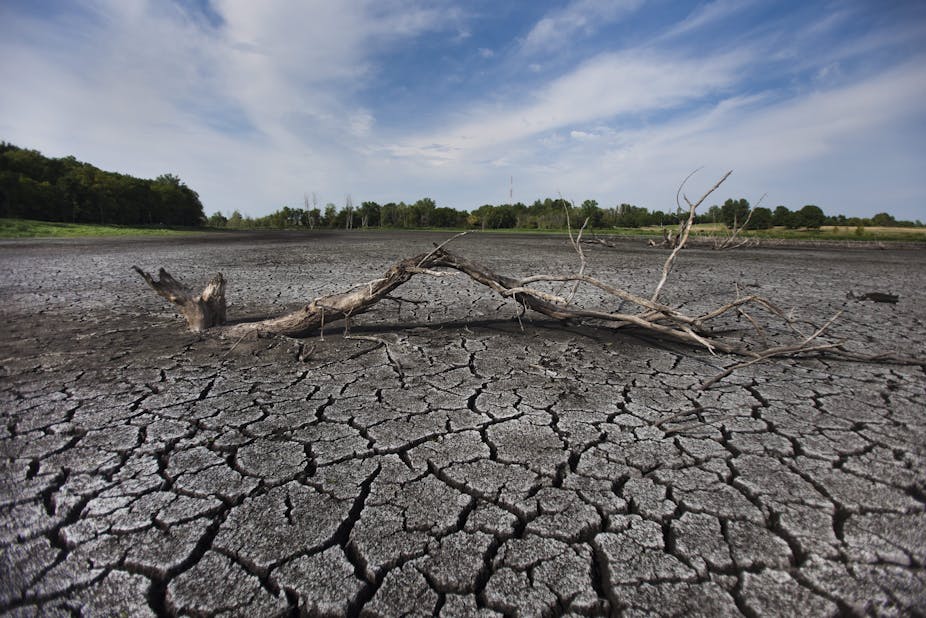Global drought has not increased significantly over the past 60 years, a report in Nature has found.
Previous assessments of global drought have relied on the Palmer Drought Severity Index, which only accounts for temperature, and does not consider sunlight, humidity or wind. These assessments have falsely indicated that global drought will increase as the planet warms.
The paper’s authors show that when these additional factors are included, worldwide drought has actual changed very little since 1950.
Paper co-author Michael Roderick from the Australian National University said global warming does not necessarily lead to more droughts.
“Drought has not been an effective way of measuring climate change over the past 60 years,” he said.
“The Palmer Drought Severity Index looks at the balance between supply and demand.”
“The supply side is just a matter of estimating the rainfall, the problem comes in how the demand is estimated.”
“In the previous calculations the demand is increasing, but when you get measurements of humidity, wind and sunlight and you do the proper calculation, it shows that in some places the demand has gone up, in some places it has gone down and overall there has been little change.”
He uses different regions of Australia to explain why increased temperature does not necessarily mean drier conditions.
“If you took the annual average temperature, Darwin is warmer than Alice Springs and yet where would your clothes dry faster if you put them on the line? Alice Springs.”
“There’s more to it than just the temperature, that’s where we’ve gone wrong,” he said
“On average, a warmer world is a wetter world.”
But the authors stress that just because global drought patterns have not changed in 60 years, does not mean climate change is not happening.
CSIRO Fellow Michael Raupach said the paper addresses a well-known problem with drought measurement among the scientific community.
But he urged caution in the interpretation of the findings.
“Drought remains a major issue and diagnosing drought in the past record - working out how it’s related to meteorology, rainfall, temperature and other drivers - is a substantial challenge.”
“I don’t think that any of this means that we should relax about drought in the current record, and it certainly doesn’t mean we should be complacent about the possible changes in drought conditions in the future.”
And while drought records have not altered greatly on a global scale, regions such as southern Australia may still be at greater risk due to climate change.
“Our own backyard is not the same as the globe on average,” Raupach said.
“We’ve experienced a major drought from before 2000 to 2009, and it was a hot drought compared with previous droughts.
"There is evidence from work we’re doing right now that there has been an increase in water loss from plants due to these raised temperatures.”
“Statements that a particular thing such as drought is not being observed at a global scale as a result of climate change can be picked up and misconstrued by people as meaning climate change is not happening,” he warned.
“There’s no way the paper is saying that and no way that it’s a logical conclusion.”

